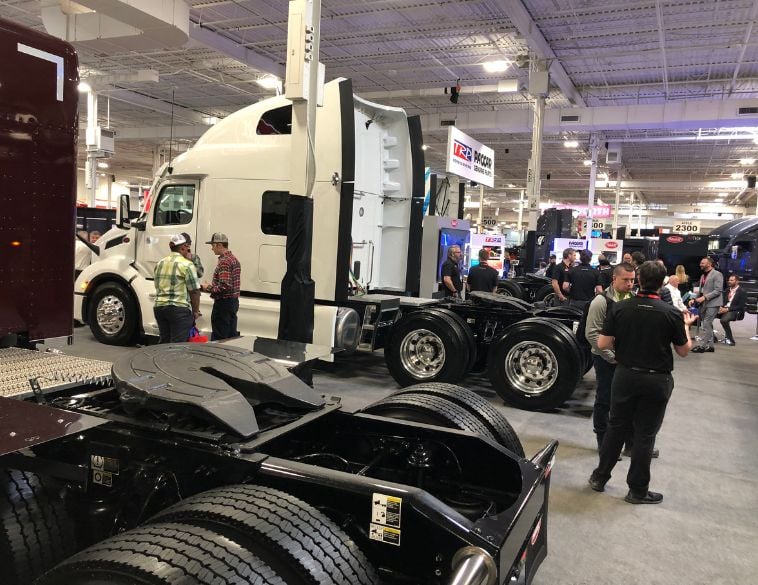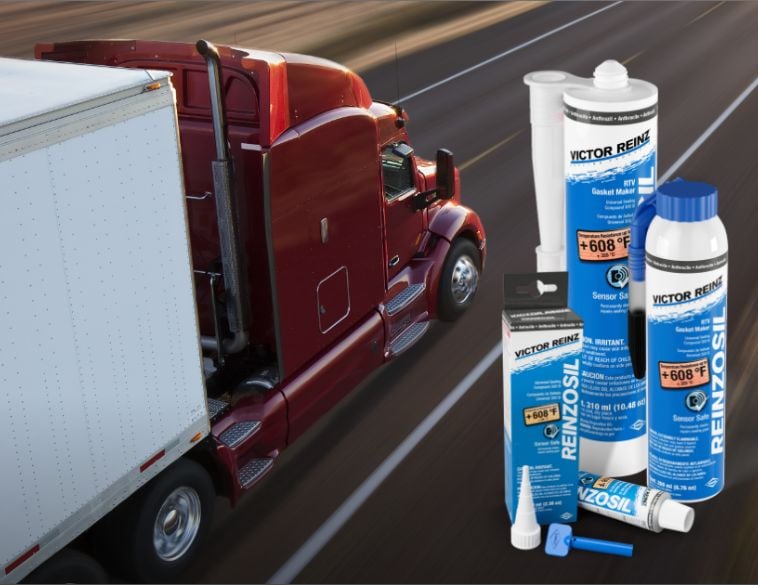Widspread EV adoption requires a focus on market fundamentals and infrastructure, not legislation, says Lewis Black.
Battery Electric Vehicles (BEVs) have been in the spotlight for the last few years, with promises of providing clean, sustainable transportation for all. In fact, a number of governments around the world have declared bans on the sale of Internal Combustion Engines by as early as 2030.
Here in North America, California Governor Gavin Newsom, signed an executive order on September 23, that effectively requires all new vehicles to be sold in the state to be zero-emissions by 2035.
Yet while such announcements make good headlines, the road to EV adoption remains fraught with challenges. One of them concerns the raw materials such as Tungsten, which is a rare earth and critical material used in the manufacturing of lithium-ion batteries which currently power many BEVs. Much of the supply of these raw materials is controlled by China, and the amount of them required to fuel widespread EV adoption goes far beyond the current supplies available.
To get a better understanding of this situation and the possible implications for BEV adoption, Autosphere interviewed Lewis Black, CEO of Almonty Industries, a Tungsten Mining Company that is one of the few direct raw material competitors to the Chinese market. Here’s what he had to say.
Autosphere: With a growing number of governments around the world declaring they intend to outlaw new ICE vehicle sales between 2030 and 2045 do you feel it is actually a viable option based on the need for materials such as tungsten?
Lewis Black: Right now; Tungsten is that the forefront of the charging technology that currently exists, so they are already introducing it, combined with other precious metals such as Niobium to create Tungsten-Niobium alloys used for powering wind turbines and for solar energy. These alloys allow for fast charging, so we have seen Tungsten-Niobium oxides being adopted to create faster-charging batteries. They allow you to charge your cell phone or your electric vehicle in literally minutes so there are obvious benefits. Tungsten is also used in the manufacturing of the vehicle itself and so there is a high demand for it. Our company is a dominant supplier to the Japanese market for hybrid installations and a Japanese customer of ours has a 90 percent market share of all these installations in Japan and is very aware of the sensitivity and reality of the situation as it relates to Tungsten demand.
When it comes to electric vehicles, I personally like them and like the concept. Tesla has done an incredible job at shaping a market that has essentially forced traditional OEMs to by-pass the hybrid approach and go straight to battery electrics, because it is perceived as being ‘hip.”
There are problems however. The range of many BEVs is still shockingly low and the charging technology is fairly antiquated. Also, according to our Japanese customer, they are at least 15 years away from having enough raw materials to replace the existing vehicles on the road and that doesn’t include increased consumption for BEVs in territories such as China and India.
Another issue concerns the electrical grid. Most western infrastructure barely supports what is already being consumed by the grid and in California, brownouts have been common for years, so the idea of plugging in six-million electric vehicles will cause very significant problems. Other regions of the world, including Southern Europe have similar issues, where plugging in a toothbrush can cause the power to go out during peak season.
AS: Can you give us a little insight about some of the challenges facing tungsten mining and extraction and how they are evolving as political rhetoric around EVs continues to increase?
LB: It is a good talking point, and I think Tesla will continue to be very much the poster child for the BEV movement, but when it comes to the mining of raw materials and precious metals there are challenges. Firstly, these mines are necessary to supply the demand for Tungsten, Cobalt and other raw materials, but in order to meet the coming demand, we need much more capacity and it simply is not feasible for everybody to have a mine in their backyard. Also, to ensure that the price of these raw materials is economically feasible we also need to create a situation where these materials are not monopolized by one or two countries and can be extracted from regions of the world that are politically stable. Also, there’s the emissions of the mines themselves that need to be considered. Many mines currently use diesel equipment for their operations which causes significant pollution.
Our company is building the world’s largest tungsten mine in South Korea with electrified equipment, but currently, we can’t use it because the batteries will not last an entire shift in the mine. They do say, that the technology should exist to allow the batteries to last an entire shift in about two years and if that’s achieved it will result in a carbon neutral mine, since the energy to power the equipment comes from a local nuclear power station.
Getting back to battery electric vehicles however, the way the approach is currently being handled by legislation is simply not feasible. Governments are essentially forcing these products on the market at a specific date and proclamations are being made by people who will have long since retired by the time these mandates become reality. As a result, it creates a whole host of problems.
If we look back at the Dieselgate scandal, it was the result of similar circumstances. While the OEMs certainly didn’t have the right to do what they did, the issue goes back to creating emissions targets that simply were not possible to meet, given the technology available at the time.
AS: If we want to create a truly viable, sustainable strategy to reduce vehicle emissions, what do you feel is the best approach to do so?
LB: I think that, based on experiences dealing with those at the forefront of alternative energy, like our customers in Japan, hybrid powertrains are a much more practical solution for passenger vehicles, at least in the short and medium term. Hybrid technology is proven, reliable and it allows you time to refine and hone battery design and development, improve charging infrastructure and gradually ramp up to BEVs.
If we were to jump to BEVs too quickly through governments mandating them, the price of these vehicles will go through the roof due to the cost and demand of the raw materials required for manufacturing both the battery systems and the vehicles themselves. To make these vehicles anywhere near viable, governments would also have to offer enormous rebates, which many of them simply can’t afford. Ultimately, in such a situation you often end up with flat demand and a premium product that only a select few can actually obtain.
I honestly think that governments need to essentially take a step back and create a viable plan of introduction, such as strengthening the power grid and infrastructure to make it feasible. There is no question that we have seen progress with BEVs—the current Tesla Model Y, is miles ahead of the first Roadster launched in 2008 and if we look at vehicle manufacturing overall, OEMs have spent more than six decades perfecting reliability but in order to be really successful at anything, you need to develop it as a response to the market.
I look at the Toyota Prius as an example and more recently, brands such as VW, Audi and Porsche with their hybrids, plug-in hybrids and EVs. I think governments need to allow premium brands like these to continue honing their skills and by having a market-driven versus legislation driven approach to EV adoption, the outcome is likely to be far more successful long term.



